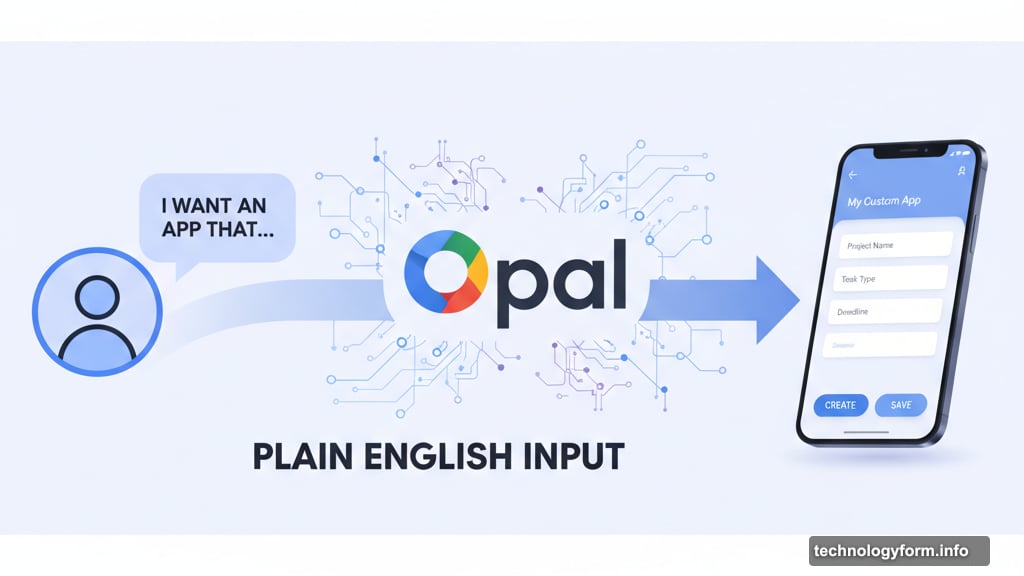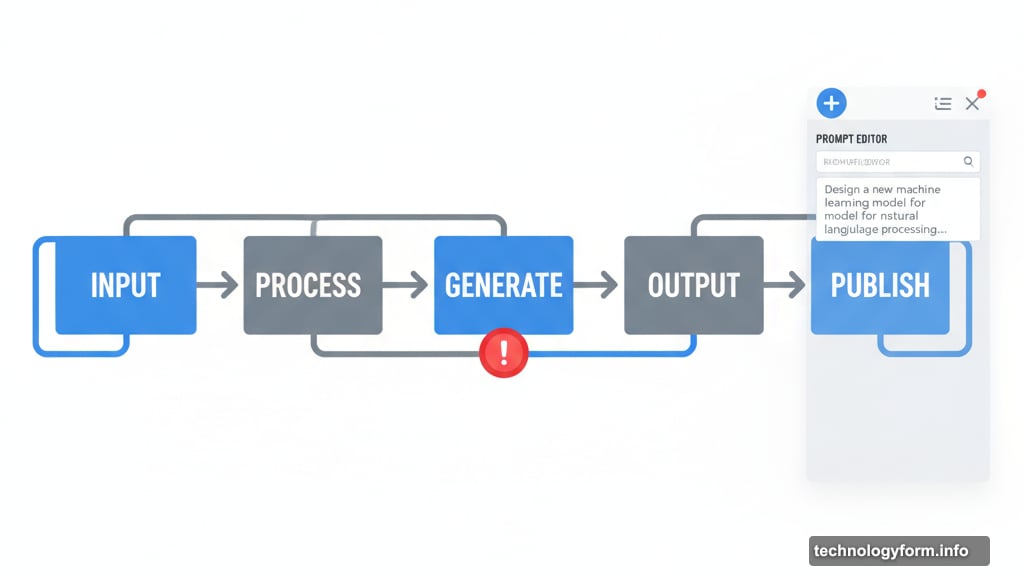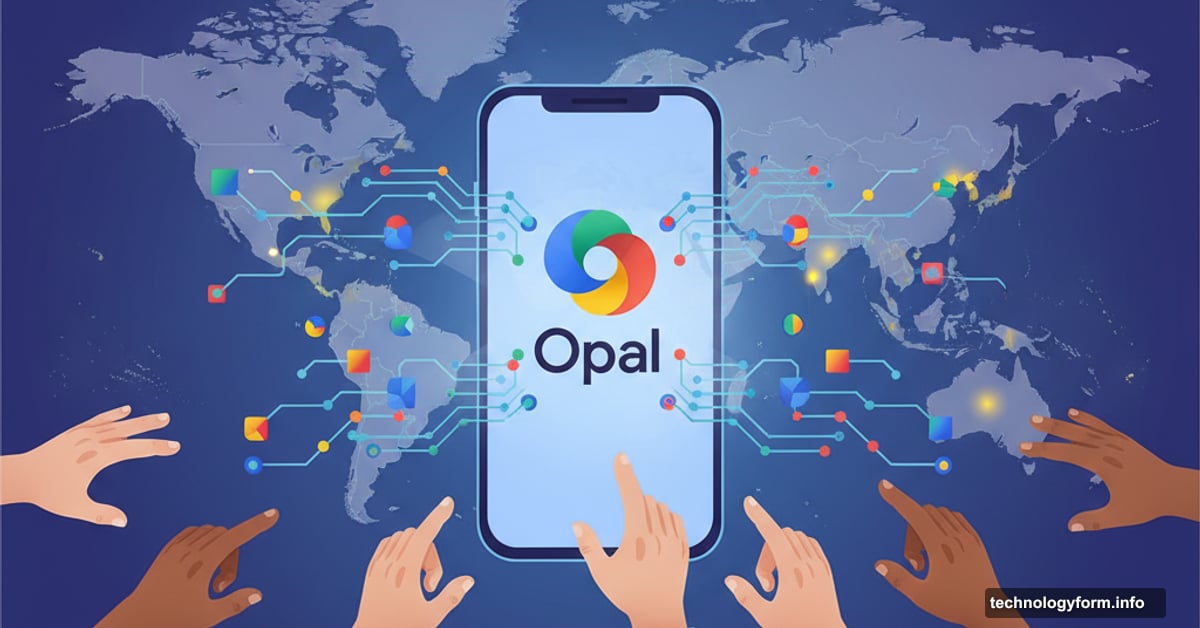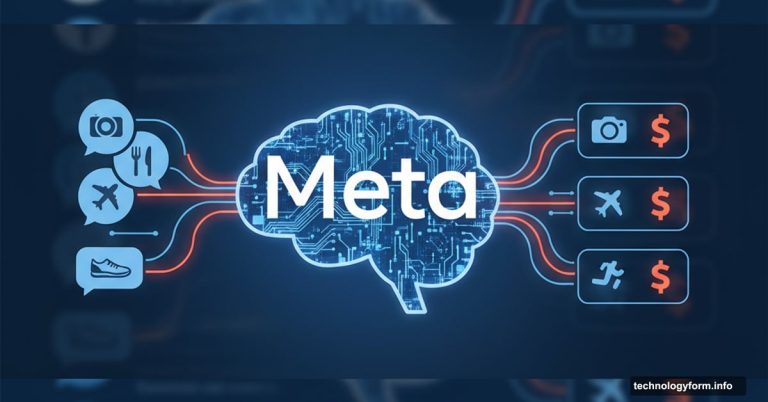Google’s Opal Now Lets People Code Apps in 15 More Countries
Google just flipped the switch on Opal for millions more people. The AI-powered app builder that turns your ideas into working prototypes now runs in 15 additional countries.
This matters because Opal represents Google’s bet on no-code development going mainstream. Instead of learning programming languages, you describe what you want in plain English. The AI handles the rest.
But here’s the interesting part. Google didn’t expect what happened next.
Users Built Way More Than Google Anticipated
When Opal launched in the U.S. back in July, Google figured people would make simple tools and fun experiments. That’s not what happened.
Instead, users created sophisticated, practical applications that solved real problems. The complexity and creativity caught Google’s team off guard. Megan Li, a senior product manager at Google Labs, admitted they underestimated what early adopters would build.
So Google decided to expand access. Fast.
Now Opal works in Canada, India, Japan, South Korea, Vietnam, Indonesia, Brazil, Singapore, Colombia, El Salvador, Costa Rica, Panama, Honduras, Argentina, and Pakistan. That’s a massive geographic leap in just three months.
The speed of this rollout tells you something. Google sees potential it didn’t anticipate. Plus, competitors like Canva, Figma, and Replit are already fighting for this space. Google needs to move quickly.
How Opal Actually Works
The process sounds almost too simple. You type what app you want to create. Opal’s AI models generate it. Then you can customize everything through a visual editor.
That visual editor shows your app’s workflow as connected blocks. Each block represents a step – inputs, outputs, generation processes. Click any block to edit its prompt or behavior. Add new steps using the toolbar. No programming required.
Once you’re satisfied, publish the app to the web. Share the link with others. They can test it using their own Google accounts. It’s that straightforward.
But simplicity has limits. More on that in a moment.
Google Fixed Some Annoying Problems

The initial version had issues. Creating a new Opal took five seconds or longer. That doesn’t sound terrible until you’re iterating rapidly on an idea. Those five-second delays add up and kill creative momentum.
Google cut that wait time significantly. They wouldn’t specify exact numbers, but they emphasized it’s now “easier to get started.” Faster load times remove friction from the creative process.
They also tackled debugging, which was apparently frustrating. Previously, when something broke, you had to guess where the problem occurred. Now errors appear exactly where they happen in your workflow. You can run steps individually to isolate issues.
Plus, Opal now handles parallel processing. Complex workflows with multiple steps can execute simultaneously instead of sequentially. That speeds up apps with branching logic or multiple data sources.
Yet Google kept one important restriction. The debugger remains intentionally no-code. You can’t dive into actual programming even if you wanted to. That’s both a feature and a limitation.
The No-Code Battle Is Heating Up
Google isn’t alone in this space. Canva lets users design apps through drag-and-drop interfaces. Figma added AI-powered prototyping tools. Replit built an entire platform around AI-assisted coding.
Each company approaches the problem differently. Canva focuses on visual design. Figma targets UI/UX professionals. Replit caters to people who want to learn actual coding alongside AI assistance.
Opal sits somewhere in between. It targets complete beginners but produces results sophisticated enough for practical use. That’s a tricky balance to maintain.
The question is whether truly useful applications can emerge from text prompts alone. Or do complex apps eventually require traditional programming knowledge? Google’s betting on the former. Time will tell if users agree.
What This Means for Developers
Traditional developers might feel threatened by tools like Opal. If anyone can build apps without coding skills, what happens to professional software development?
The reality is more nuanced. Opal excels at prototypes and simple tools. It democratizes access to basic app creation. But complex, production-ready applications still need skilled developers.
Think of Opal as expanding the market rather than replacing professionals. Small businesses that couldn’t afford custom software can now build internal tools. Hobbyists can experiment with ideas without years of learning. That creates opportunities rather than eliminating them.
Moreover, professional developers might use Opal for rapid prototyping. Sketch out an idea quickly, test it with users, then rebuild it properly if it gains traction. That’s a valid workflow even for experienced programmers.
The Expansion Strategy Reveals Google’s Priorities

Look at the countries Google added. India, Brazil, Indonesia, and Vietnam represent massive, tech-savvy populations with growing startup ecosystems. These markets have millions of potential users who want to build digital products but lack coding skills.
Google also included several Latin American countries simultaneously. That suggests deliberate focus on emerging markets where traditional software development education remains less accessible. Opal could genuinely democratize app creation in these regions.
Meanwhile, Japan and South Korea bring mature tech markets with different needs. Users there might push Opal in unexpected directions. Google probably wants to see how the tool performs across diverse use cases and cultural contexts.
This global expansion within three months shows urgency. Google sees a window to capture market share before competitors establish dominance. Plus, getting users hooked early creates a moat. Once people build apps on your platform, switching becomes harder.
Real Questions About Long-Term Viability
Can Opal maintain quality as it scales? When millions of users start creating apps, do Google’s AI models keep up? Or does performance degrade as load increases?
Also, what happens to security and privacy? User-generated apps could potentially access sensitive data or introduce vulnerabilities. Google hasn’t detailed how they’re handling these concerns at scale.
Then there’s the business model question. Opal is currently free during its experimental phase through Google Labs. But how does Google monetize this eventually? Subscription tiers? Usage limits? Those decisions will shape who can actually use the tool long-term.
Finally, how sophisticated can Opal-built apps realistically become? If the tool hits a complexity ceiling, users might outgrow it quickly. That would limit Opal to throwaway prototypes rather than lasting solutions.
Where This Technology Goes Next
The no-code movement represents a fundamental shift in software development. As AI models improve, they’ll handle increasingly complex programming tasks. Opal is just one early experiment in this evolution.
Within a few years, describing what you want might generate production-ready applications. Not just prototypes. Actual, deployable software that handles real business logic. That sounds far-fetched today. But progress in AI has been accelerating faster than most predictions.
Google’s clearly betting big on this future. Opal’s rapid expansion suggests they see this as core to their AI strategy. Plus, if Google controls the tools people use to build apps, they control a valuable part of the ecosystem.
For now, Opal remains an experiment. A promising one that exceeded Google’s expectations. But still unproven at global scale across diverse use cases.
The expansion to 15 countries is where things get interesting. We’ll see whether Opal’s success in the U.S. translates internationally. Or whether different markets reveal limitations Google hasn’t anticipated yet.






